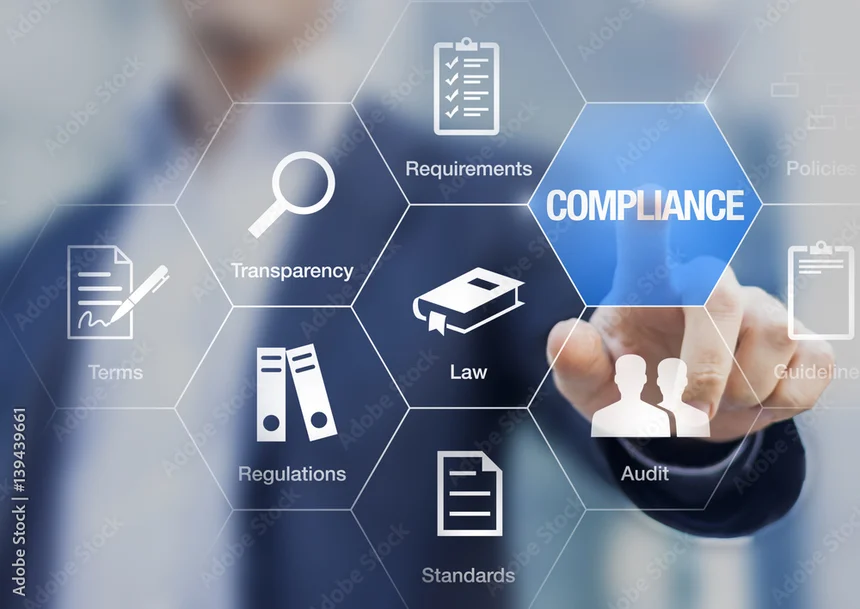Why Attorneys Need to Have Up to Date Computer Servers
You probably store your confidential data under lock and key to ensure that they are secure but do you practice the same care with your customer's...
2 min read
Mindy Gallagher : Dec 9, 2019 12:00:00 AM
In the United States the average data breach can result in millions of dollars in costs and lost revenue. But company data loss doesn't always result from cybercrime.
When running a server for your business it's crucial that you stay on top of maintaining it in order to prevent any potentially-crippling issues from occurring.
Not sure where to start? Don't worry we’ve got you covered.
Let's take a look at everything you need to know about creating a solid server maintenance checklist.
Before you do anything with your company's sensitive data (even moving it from one location to another) check your server's backups to make sure everything is in order.
Otherwise if anything happens to data that your company needs for operation you could be left scrambling to find a solution.
In general it's best to have data backed up in two locations: one remote (such as cloud storage) and one physical (like a hard drive).
Hackers love to prey on small businesses that don't have the most modern security for their machines. In fact having an outdated operating system is essentially the same as leaving your home's backdoor wide open.
Even if you have to take some downtime to update all your computers do so. You could potentially save yourself thousands of dollars in lost productivity.
Even though hard drives have a maximum capacity for data they don't function optimally when their storage level is nearly full.
As you get closer to approximately 90% drive usage you'll often experience a significant slowdown in performance. This can make it difficult (and even frustrating) to access or relocate data on this drive.
If you're getting toward the limits of your server's hard drive it's time to move data around to free up some space.
Similar to how nearly-full drives won't function as well as they should servers that are hovering around their max energy usage will be far slower than normal.
The two metrics you'll need to keep an eye on are your server's CPU and memory usage. If either of these is nearing their maximum output you'll need to take one of the following steps:
While it may not be in your budget to spend money on new server equipment consider it an investment into your business. The better your company can perform the more revenue you can generate in the future.
It can be difficult to manage your company's server obligations while juggling all of the other responsibilities of running a business. As such outsourcing these tasks to a reputable company is an option that saves both time and money in the long run.
When you don't have to worry about your business's server maintenance you'll be able to focus on scaling your company and ultimately generating more revenue.
You can visit this resource to learn more about what we can do for you.
With the above information in mind you'll be well on your way to creating a server maintenance checklist that ensures your company's data is stored as safely as possible.
Want to learn more about how to keep your business data secure? This article has plenty of useful info.


You probably store your confidential data under lock and key to ensure that they are secure but do you practice the same care with your customer's...

One of the greatest challenges of modern business is meeting compliance standards. In the dynamic realm of modern business, regulations, and...

The market for network management systems is worth over $7 billion. All industries need a computer network that is consistently available and secure.